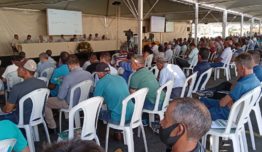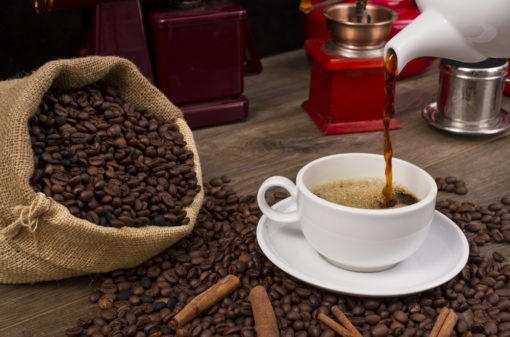
Brazilian coffee: nearly 3 centuries of a tasteful history
Brazilian coffee is currently recognized for its leadership in international production and consumption of the beverage.
In 1727, Sergeant-Major Francisco Mello brought the first coffee seedlings to Brazil, from Guianese territories. With the purpose to settle territorial disputes those coffee trees have been planted in Belém, State of Pará. Within the following lines we’ll have an overview of Brazilian coffee farming.
According to Brazilian Ministry of Agriculture, Livestock and Supply, due to climate, topography and soil related circumstances, in the mid-XIX century, Brazilian coffee gained steam at the region of Vale do Paraíba. By these means, it has been established in the States of Rio de Janeiro and São Paulo, and later in Minas Gerais, Espírito Santo, and Paraná. Thus, ia new financial cycle has started in Brazil.
As time went by, Brazilian coffee has been introduced to the international market and became the country’s main exportation good. So, for almost 100 years it had been the key national source of wealth. Few years later, in 1850, Brasil was already the world’s largest producer, accounting for 40% of global production.
By that moment, the town of Vassouras, Rio de Janeiro, was considered the capital of coffee in the world. According to data from Sumário Executivo do Café (Executive Summary of Coffee), Brazil has been the top world producer for over 150 years. Brazil’s total volume of production was of 47.7 mln bags for the crop 2020/21.
Brazilian coffee: most grown species
In Brazil, according to data from CONAB (National Company of Supply), there are nearly 124 species of coffee trees. Though, Arabica Coffee (Coffea arábica) and Conillon (Coffea canephora) – commonly known as Robusta are the most produced species. Henceforth, we will reffer to Coffea canephora as “Robusta”.
Arabica coffees prevail in Brazil’s production. In 2021, for instance, year of lower production season, Arabica crops produced 31.42 mln bags, according to Conab. On the other hand, Conillon crops produced 16.29 mln bags.
The expectation for 2022 – high production season – is that the production of Arabica coffee reaches 35.7 mln bags of processed green coffee. Robusta crops are expected to produce 17.7 mln bags.

Brazilian harvest of Arabica coffee is estimated in 35.711 mln bags of processed green coffee, an increase of 13.6% comparing to previous crop. In spite of the higher production season, important weather issues in 2021 seriously affected productivity. Current production is estimated 23.6% lower than the last higher production season.
Guilherme Ribeiro, President of CONAB
Mr. Guilherme RIbeiro analyses that Conillon Harvest was estimated, in may 2022, to be nearly 17.716 mln bags of processed green coffee, an increase of 8.7% comparing to previous harvest, led by recent recurrent yearly rise in productivity. Conillon crops have been experiencing technological development year after year, and presents great potential for growth.
Differences between coffee species
Despite Arabica crops occupy larger farming areas, Robusta prevails in certain regions. Even though both are Coffea species, they present differences in plant and beverage.,
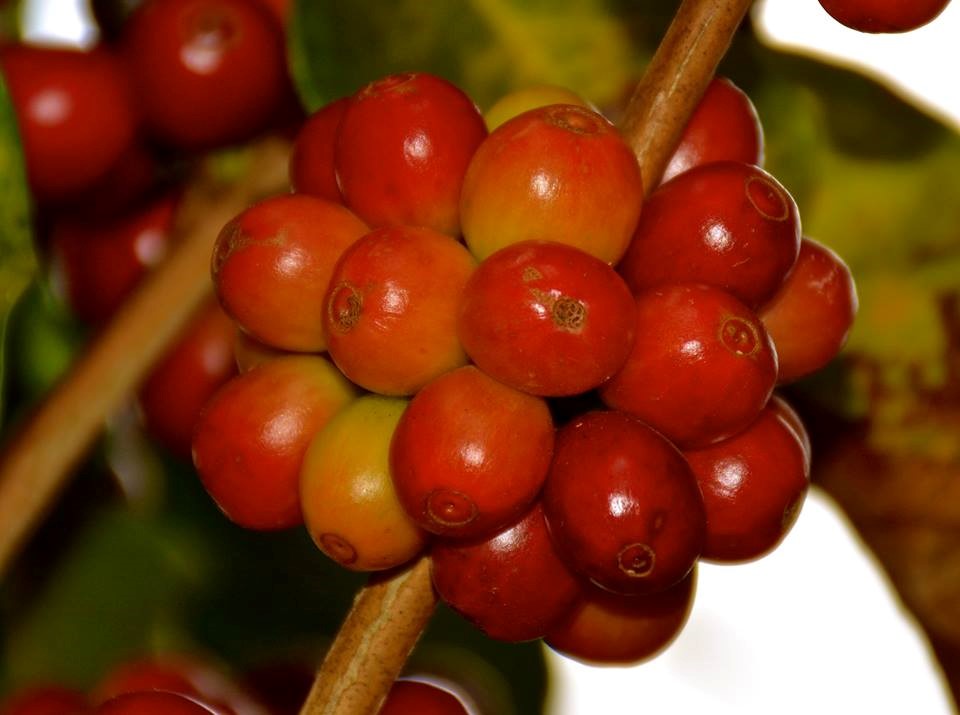
Coffee seedlings are formed from the seeds. Nevertheless, there are researches in course to reproduce the plants from stakes. Otherwise, Robusta seedlings may come from either clones or seeds.
In comparison to Robusta species, Arabica coffee presents lower levels of caffeine and soluble solids. Also Arabica usually produces more fragrant and acid beverage, with less body. Thus, with higher levels of caffeine and soluble solids, Robusta is more used to compose soluble coffee and blends with lower levels of sugar.
Brazilian Coffee Trees
The leaves of Arabica plants are darker green and smaller. Fruits are larger and oval-shaped, besides being strongly stuck to the branches. Robusta plants, on the other hand, have lighter green and larger leaves, round-shaped fruits which are slightly stuck to the branches.

The optimal temperature for growing Arabica coffee is between 18 and 22°C. For this reason, it is recommended to be planted in higher altitudes, whilst Robusta might be grown up to 800 meters asl, for these plants withstand temperatures around 23 and 26°C.
Producing States
On the whole, and according to Boletim da Safra Brasileira de Café 2021 (Brazilian Coffee Harvest Report), Arabica production is mostly concentrated in the States of Minas Gerais (MG) and São Paulo (SP). In turn, Robusta is mostly grown in Espírito Santo (ES), Rondônia (RO), and Bahia (BA).
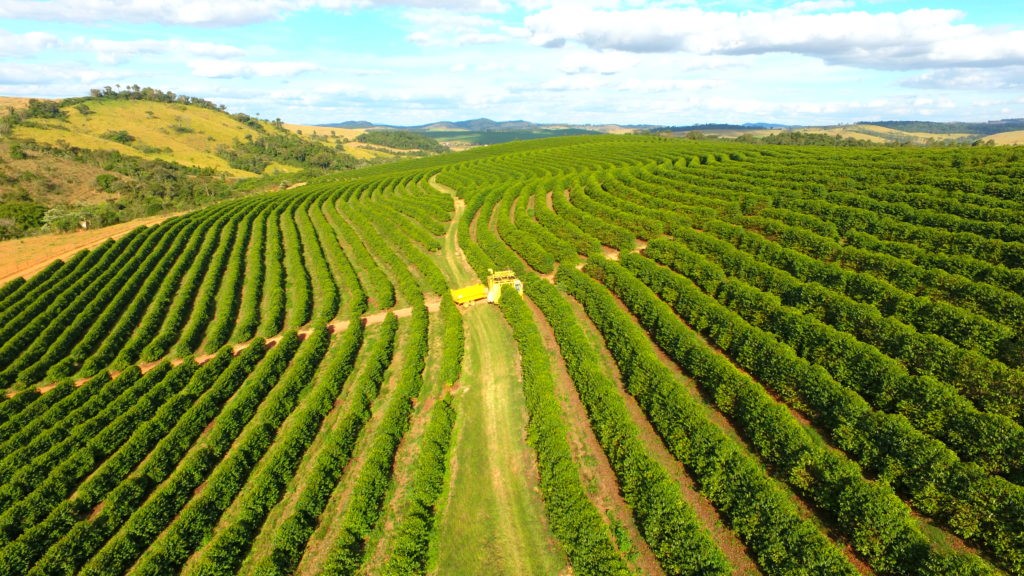
Brazilian production in 2021 by State is available at Conab report.
Hectares and productivity
According to Conab’s Brazilian Coffee Harvest Report, in 2021, Brazil’s coffee growing area was 2.2 thousand hectares.
The report highlights that, in biennial cycles of lower production (as last year), producers use to intensify plantation management and treatment. They use to carry out some procedures of pruning, skeletonization (radical pruning), or trunking (cutting off the trunk) in areas that will only produce in the following years.
In addition, it was pointed out that in the previous harvests the stability at Brazilian coffee farming area has been balanced by gains in productivity, represented by the technological changes in coffee production.
Arabica growing area was 1.78 mln hectares, which accounts for 81.3% of the country’s total coffee area. The greatest producing state is Minas Gerais, with 1.28 mln hectares, which means 71.9% of Brazilian Arabica crops.
In its turn, Robusta growing area was estimated to increase 2.2%, reaching 410.6 thousand hectares: 375.3 thousand hectares of producing crops and 35.3 thousand hectares being formed. Brazil’s largest Robusta producing States are: Espírito Santo (273.7 ha), Rondônia (69.2 thousand ha), and Bahia (41.9 thousand ha).
Representativeness in Brazil and abroad
Brazil is currently the largest producer of coffee. The product is a key source of revenue. Annual exportation of around 26 mln bags generates USD 2 bln in average. It means over a third of global coffee production, and more than 2% of total Brazilian exports.
In and all, for agribusiness, coffee market keeps evolving. According to EMBRAPA (Brazilian Agricultural Research Corporation), the commercialization of more than 100 mln bags generates USD 91 bln a year. Beyond these numbers, about 8% of world’s population (near half a billion people) are involved in the coffee production chain.
EMBRAPA Coffee also states that Brazilian coffee accounts for more than 30% of world coffee production, creating more than 8 million job posts in Brazil in latest harvests (agribusiness is the greater generator of job posts in Brazil).
Brazilian coffee exports
According to data from CECAFÉ (Brazilian Council of Coffee Exporters), released by Hub do Café, in 2021 Brazil exported 40.372 mln 60Kg-bags of coffee, resulting in USD 6.242 bln. Such performance represents a decrease of 9.7% in volume, in opposition to an increase of 10.3% in revenue, comparing to 2020 results.
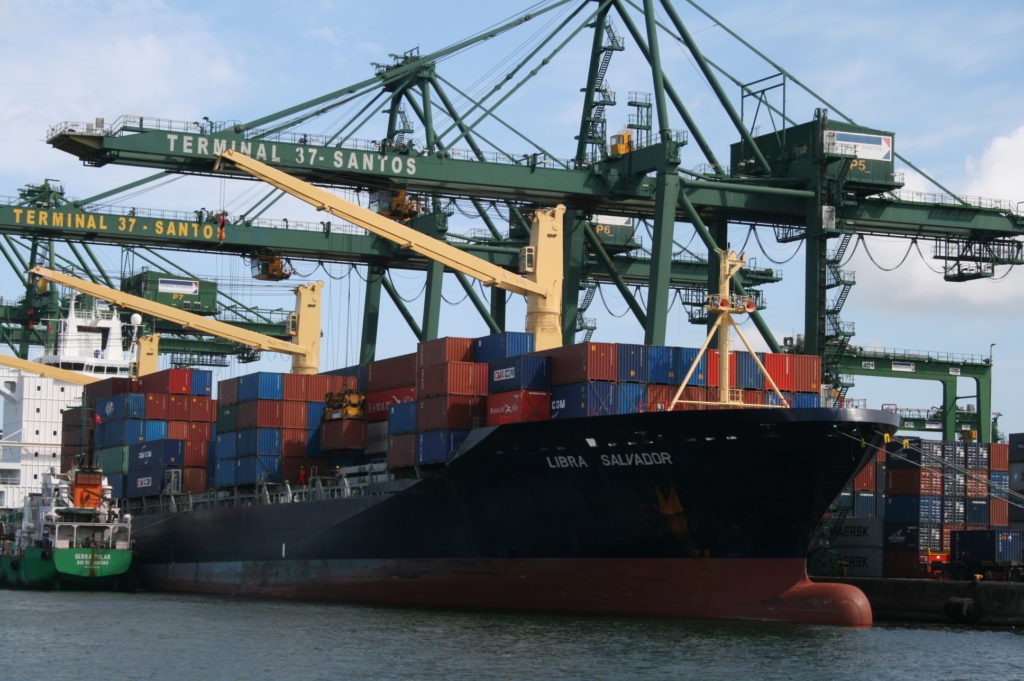
In the crop-year July 2021 to April 2022, Brazilian coffee exports performance was similar to calendar year. The number of exported bags were 16.7% lower, from 39.251 to 33.251 mln bags. Although, revenue increased 30.9%, from USD 5.055 bln to USD 6.616 bln, comparing to first 10 months of crop 2020/21.
A report at Hub do Café, based on data from CECAFÉ, showed that Brazilian coffee exports reached 2.809 mln 60Kg-bags in April 2022, resulting in USD 670.7 mln in revenue. The performance reflects 24.1% less volume, but 34.1% greater value compared to the same period one year before.
Brazilian Coffee Performance
In nearly three centuries of history, Brazilian coffee is leader in world market. The country stands as greater producer, greater exporter, and second greater consumer market. In 2021, Brazil exported 40.6 mln bags to 120 countries. Diversity of production environments, productive systems, quality, and sustainability are bases for such leadership.
Marcos Matos, General Board of Brazilian Council of Coffee Exporters – CECAFÉ
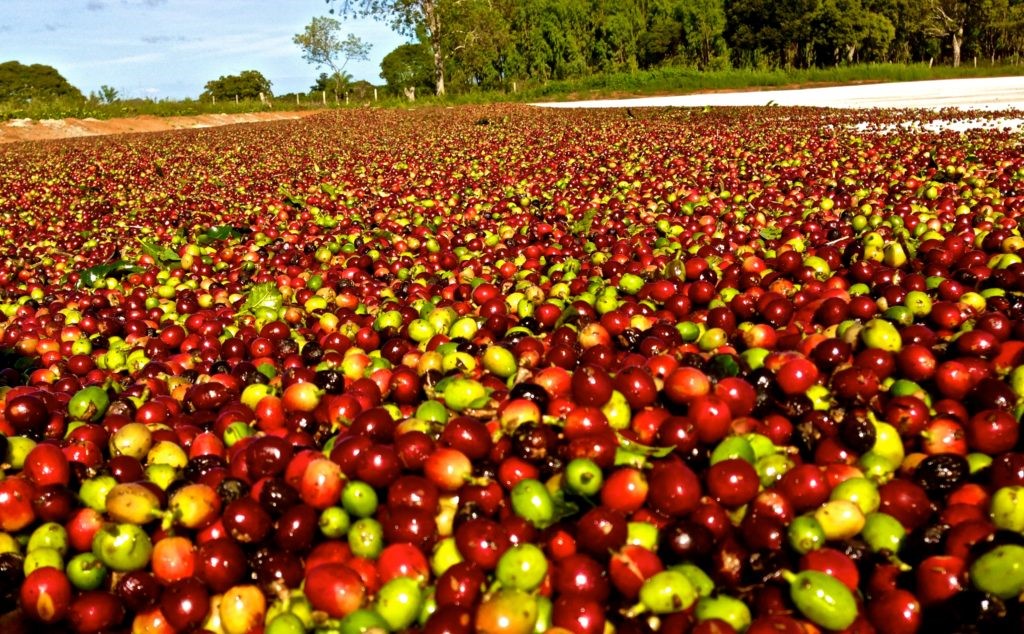
According to CECAFÉ, Arabica coffee exports accounted 32.655 mln bags in 2021, which means 80% of total. Soluble coffee shipped 4.032 mln bags (10% of total). Canephora variety (Conillon + Robusta) represented 9% of exports, with 3.639 mln bags. And roasted and ground coffees were 0.1% with 45.766 thousand bags sent to foreign markets.
Cooxupé (Cooperativa Regional de Cafeicultores em Guaxupé) exports its production of Arabica coffee to 50 countries in 5 continents. The co-op is Brazilian leader in coffee exports, as stated at CECAFÉ ranking. Exports are 80% of the co-op’s activities.
“Cooxupé is the largest coffee cooperative in te world, and also the biggest associate of CECAFÉ, concerning performance of shipments, as well as it is Brazil’s greater coffee exporter,” completes Mr. Matos.
Brazilian cooperativism: boosting coffee
Currently, there are 97 coffee co-ops in Brazil. They are responsible for 48% of national coffee production. Data from OCB (Organization of Brazilian Cooperatives), released by Hub do Café, stated that co-ops are very important sources of job posts and income, promoting financial development and social well-being to associate families.
Besides playing a key role for Brazilian coffee farming nowadays, cooperativism has always been very important, considering the results of such traditional co-ops, as Cooxupé, that has been intensely working throughout the years seeking the good of coffee farming.
Silas Brasileiro, President Director of Brazilian Coffee Council – CNC
Mr. Silas Brasileiro points out that the whole cooperative system has always supported and backed the coffee sector.
“Not only with guidelines, as of the assembly of co-ops under the Organization of Brazilian Cooperatives (OCB), but the support is also in individual level to each one of them,” Mr. Brasileiro says.
In this scenario, in 2022 Cooxupé completes 90 years of history in cooperativism, with more than 17 thousand associated families. The great majority of them is composed by small producers and family farmers. The co-op action area encompasses more than 300 municipalities in the regions of Cerrado, South and Matas in Minas Gerais state, and Rio Pardo Valley in the state of São Paulo.
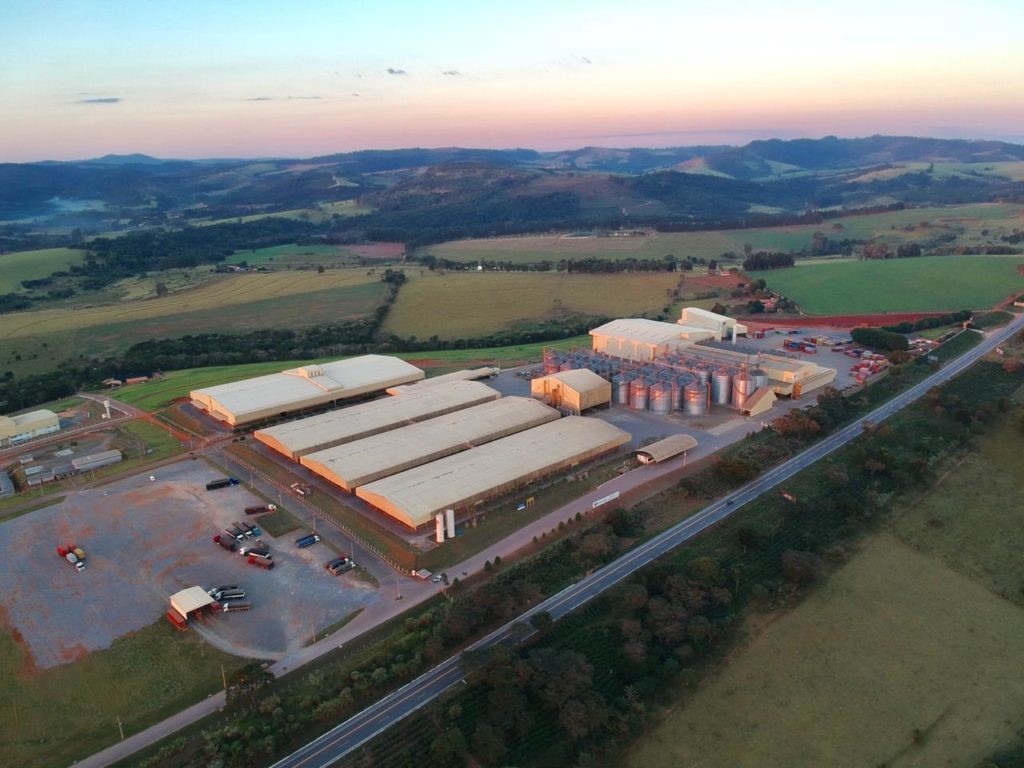
Cooxupé’s representativeness is remarkable in Brazil and abroad. It is the largest coffee co-op in the world, and it thoroughly complies with legislation. An outstanding example of cooperative. A model that was created in a sustainable way, as it still preserves these characteristics.
Silas Brasileiro, President Director of Brazilian Coffee Council – CNC

